|
If you fancy exploring a peaceful area that many folks don’t know about or overlook within Hong Kong, then a day trip out to Shing Mun Reservoir could be in order.
The simplest way in (other than driving) is to head over to Tsuen Wan MTR station and take exit B1. From the station it’s a five minute walk to the 82 green minibus, which will take you to Shing Mun Country Park terminating immediately below the grassy banks of Pineapple Dam. It is recommended you enjoy a meal or prepare food to bring with you before embarking on a visit, as there are no food vendors at the park other than a small kiosk at Pineapple Dam. Arriving at the Pineapple Dam bus stop, keep an eye out for some of the delightful wildlife on offer in HK, especially on the quieter weekdays. You could well be confronted by many monkeys, invariably a troop of Rhesus Macaques. Although the Rhesus species is native to Hong Kong, the macaques found today are believed to be re-introduced. During the construction of the Kowloon Reservoirs, the apes were deployed to the surrounding areas in order to combat the spread of a plant that tainted the water supply. They can roam in large numbers and enjoy the area around entrance areas, as the rubbish bins and increased human presence provides the chance of finding a meal. There are signs at the park entrance spelling out the dos and don’ts in regards to the monkeys. From experience, simply be relaxed. Don’t approach the monkeys with food and they will mind their own monkey business. Direct eye contact and sudden movements won’t endear you to them either. With those unpleasantries out of the way, the monkeys are great fun to observe and can be extremely photogenic! There are a couple of ways to negotiate Shing Mun; the simple way and the adventurous way.
Every now and then, a gap in the foliage may reveal framed views of Tuen Wan, Kowloon and enjoy the iconic backdrop of HK Island behind on a clear day. Back at the reservoir, this final leg of any route you take is particularly pleasant, walking along a flat paved surface under large shady trees that cloak the water’s edge. It is most definitely worth it to have a breather down here, soak up the tranquil atmosphere and capture relaxing views across the water.
Heading back to Tuen Wan from the country park is equally simple as finding your way in. This discreetly tucked away corner of rural HK has an incredible amount on offer for those who enjoy venturing into the wild, escaping to Shing Mun provides a peaceful retreat at the doorstep of those wishing to find space for reflection or satisfy a burning urge of wanderlust.
0 Comments
There is a bountiful array of wild places to explore in Hong Kong, some more remote and some more accessible than others. Our list combines the best of both on offer in HK, with all offering respite along the way from the summertime heat. All the places below we offer customised tours to. East Dam & Long Ke (East Sai Kung Country Park) –Beaches, Cliff Jumping, Hiking, Kayaking, Rock Climbing WILD FACTOR- ★★★★☆ Venturing into the wilds of Sai Kung, the plethora of options open to adventures is astounding! The East Dam is a great launch pad from which to mount an expedition. Coming in, the drive around the azure waters of High Island Reservoir makes for a scenic introduction. Upon arrival at the east dam one can venture in a couple of directions; either head down the slope to the dam wall and Geopark beyond, or follow the Maclehose trail northwards. The Geopark is rugged and truly wild. Littered with islands, caves and hexagonal rock formations, there are many opportunities for the more intrepid of folk to enjoy some fishing, climbing & cliff jumping. Following the Maclehose Trail in the opposite direction, one can explore arguably the most Idyllic beach HK has to offer in Long Ke Wan and some extraordinary hiking routes over to Sai Wan and beyond. Getting there: Having reached Sai Kung, grab a cab out to the East Dam of High Island Reservoir for around $120. Returning from the East Dam, a taxi is again the best option instead of walking. From Sai Wan, one can hike up to the road or take a boat back to Sai Kung. If hiking back remember to check the 29r bus timetable or call for a taxi in advance, as mobile reception in that area can be fickle.
An untarnished landscape bursting with deserted beaches, fertile valleys and lush jungles lying in wait. Getting there: To reach the start of the trail, catch either the ‘number 11’ bus from Tung Chung, or ‘number 1’ bus from Mui Wo to Tai O. Keep an eye out for Shek Pik Reservoir and disembark at the first bus stop immediately after crossing the dam wall. Take in the beautiful sight of Shek Pik Reservoir and Lantau Peak behind before turning away and following the Lantau Trail south. Additionally, if hiking 15-17 kilometers sounds like biting off more than you can chew, there is always the option to hike either end of the trail as a shorter return from Shek Pik or Tai O, to Fan Lau and Man Cheung Po/Yi O respectively. Ping Nam Stream (Pat Sin Leng Country Park) –Cliff Jumping, River Walk, Waterfalls WILD FACTOR- ★★★★★ If you fancy exploring a natural world that most folk don’t know about within Hong Kong, then a day trip out to Luk Keng could be in order. Located within the innermost depths of Pat Sin Leng Country Park, it is a region that is as much unknown as it is remote. However, the area is easily assessable via public transport and totally worth the effort to reach. Nestled amongst rolling hills and the gateway to the northern parts of Pat Sin Leng Country Park, Luk Keng is truly rural. Life moves at a different pace here, the locals are as relaxed as they come in HK. It rubs off quickly and once there, you certainly won’t be in a rush to leave. From there one can venture into higher peaks of Pat Sin Leng and discover hidden gems that lie within, namely the Ping Nam Stream. A challenging route upstream with many dramatic cascades and pools along the way to take in. However, beware of slippery rocks in the wet, the use of a guide would be strongly recommended. Getting there: Make your way to Fanling MTR Station, exit A and hop on the KMB 78K Bus. After 20-25 minutes or so, hop off at Nam Chung stop and cross the main road looking for Luk Keng Road. A further 20 minutes walk and one will reach a small village, turn right here onto South Bay Road and keep going till you meet a small reservoir dam wall. Find the goat track on the right hand side, this will bypass the dam and lead you to the Ping Nam Stream. On the way back, keep an eye out for a 56K minibus. Catch this back to the MTR if the opportunity arises. Sharp Peak & Ham Tin (East Sai Kung Country Park) –Beaches, Hiking, Mountain Climbing WILD FACTOR- ★★★★☆ I think this could regarded be Hong Kong’s most remote mountain and the areas surrounding the mount are simply stunning! Although Sharp Peak isn’t massively high at 468m, it is a very prominent hill and easy on the eye. The unspoilt views from the summit are among the finest in the land. It is a steep and dramatic final ascent to the summit, but well worth the effort on a fine day. It is a top draw route deserved of top draw conditions, so save this one for the best weather available (clear skies, high visibility). Get up there for sunrise/sunset if you can. Be warned, that this is a tough route in the warmer summer months! Getting there: From Sai Kung town, take the 29R village bus or $100 taxi to Sai Wan Pavilion. Walk for an hour to reach Sai Wan and then a further hour in a northerly direction along the beaches of eastern Sai Kung Country Park. Dominating the landscape, Sharp Peak will often be in view. The simplest way to ascend is to take the direct route up the mountain ridge from the northern end of Tai Long Beach. Heading down there are a few options route wise, either returning via Sai Wan or following Mclehose Trail section 2 towards Wong Shek Pier and catching a bus from Pak Tam Road. This route can be done in either direction. Yellow Dragon Gorge (Lantau North Country Park) –River Walk, Waterfalls WILD FACTOR- ★★★★★ Hidden away within the depths of Lantau Island is the Yellow Dragon Gorge, a secluded oasis away from all the hustle and bustle. Boulder by boulder, one ventures upstream into a vertical landscape. Surrounded by cliffs and waterfalls, you would not believe you're in Hong Kong. The adventure culminates at the end of the gorge where three massive cascades fall down onto you from high above! Be aware that this route is of a technical nature, requiring jumping between stones on the river and bouldering in places to reach the upper waterfalls. The use of a guide would be strongly recommended. Getting there: Make your way to Tung Chung MTR station and from there; walk through the estates of Tung Chung Town to Wong Lung Hang Road. Follow the paved road all the way to the end and find the river on your left. Venture as far upstream as you dare.
Life moves at a different pace here, the locals are as relaxed as they come in HK. It rubs off quickly and once there, you certainly won’t be in a rush to leave. From there one can venture into higher peaks of Pat Sin Leng and discover hidden gems that lie within. It’s perfectly feasible to walk the lakeside loop in a clockwise direction, but the anticlockwise adventure makes for the best experience and simplest navigation. Getting there: The simplest way in (other than driving) is to head into the northern New Territories on the MTR East Rail Line before disembarking at Fanling Station. From there, one can catch the 52B minibus that departs roughly every 20 minutes. Hop off the bus at Hok Tau Wai and make your way to the t-junction in the road. Continue along the sealed road in a southerly direction following signs for Hok Tau Reservoir. Walking in is easy going on a sealed access road. The imposing ranges of Pat Sin Leng become ever nearer and before you know it you’re in amongst the rocky peaks. After rising up, one reaches a dam wall and the impressive panorama of the lake held behind is unveiled; from this point onwards the adventure begins in earnest, following signs for the ‘Hok Tau Family Walk’.
Getting there: The best way to reach Ng Tung Chai from central HK is by catching the MTR to Tai Wo Station, then descending below the station where one can either taxi or bus it up to Ng Tung Chai Village. The 64K bus runs every 15-20 minutes during the day, you can catch this to Ng Tung Chai stop and follow the sealed side road up the hill. However, I recommend hopping in a taxi on the way there as it enables you to whizz right up through the village and be deposited at the trailhead. A taxi ride only sets you back around $50HKD. Lion Rock (Lion Rock Country Park)
–Hiking, Wildlife, City Views WILD FACTOR- ★★☆☆☆ For those who thought The Peak was the most dramatic summit looming over Victoria Harbour, think again. There is a roaring lion to north. It may not be as well known, but the Lion Rock is right up there in terms of grandeur. Conquer this rugged ridge and one will witness some of Hong Kong’s finest views. Feel the intense sprawl of Kowloon and enjoy the iconic backdrop of HK Island behind. Meanwhile a gaze round the other side reveals Sha Tin Valley and the expansive hills of the New Territories. Not only is being at the top incredible, but the walking to be had either side is most enjoyable. Keep an eye out for wildlife along the way, in particular monkeys! The path will undulate for an hour until arriving at the foot of the Lion Rock. Upon the reaching the summit at 495 meters above sea level, the footpath emerges from the undergrowth to reveal unrivaled panoramas of Kowloon and its surrounds. Getting there: The route up is easily accessed from Wong Tai Sin MTR Station. Find exit E and begin climbing up Sha Tin Pass Road, stay on Sha Tin Pass Road and you shall gradually rise above the tower blocks of Kowloon. After about 45 minutes of walking, you’ll intercept the MacLehose Trail and signage for the Lion Rock Country Park on your left hand side. The return route down is fairly simple. Keep turning left at all junctions in the hiking trail and you’ll be back to civilization in an hour. The simplest way to the MTR is to turn left once reaching Lung Cheung Road and follow the highway into Wong Tai Sin. Alternatively, you can cross Lung Cheung Road and head into either Lok Fu or Kowloon Tong. If you fancy exploring a natural world that most folk don’t know about within Hong Kong, then a day trip out to Hok Tau Reservoir could be in order. Located within the innermost depths of Pat Sin Leng Country Park, it is a region that is as much unknown as it is remote. However, the area is easily assessable via public transport and totally worth the effort to reach. Nestled amongst rolling hills and the gateway to the northern parts of Pat Sin Leng Country Park, Hok Tau is truly rural. Life moves at a different pace here, the locals are as relaxed as they come in HK. It rubs off quickly and once there, you certainly won’t be in a rush to leave. From there one can venture into higher peaks of Pat Sin Leng and discover hidden gems that lie within. The simplest way in (other than driving) is to head into the northern New Territories on the MTR East Rail Line before disembarking at Fanling Station. From there, one can catch the 52B minibus that departs roughly every 20 minutes. Hop off the bus at Hok Tau Wai and make your way to the t-junction in the road. Continue along the sealed road in a southerly direction following signs for Hok Tau Reservoir. Walking in is easy going on a sealed access road. The imposing ranges of Pat Sin Leng become ever nearer and before you know it you’re in amongst the rocky peaks. After rising up, one reaches a dam wall and the impressive panorama of the lake held behind is unveiled; from this point onwards the adventure begins in earnest.
Back at the reservoir, one either rejoins or continues along the Family Trail beside the lake. This final leg of the loop is particularly pleasant, walking along a flat paved surface under large shady trees that cloak the waters edge. It is most definitely worth it to have a breather down here, soak up the tranquil atmosphere and capture relaxing views across the water. It’s perfectly feasible to walk the lakeside loop in a clockwise direction, but the anticlockwise adventure makes for the best experience and simplest navigation. Once back at the dam wall, retrace your steps down the valley to Hok Tau village. Return travel from the Hok Tau Wai is fairly simple. More or less the same way as when you came in. However it is probably worth catching a taxi back to the main highway near Fanling if possible to avoid waiting for a minibus.
This far-flung corner of HK has an incredible amount on offer for those who enjoy venturing into the wild; a day trip here serves up an insight into Hong Kong’s past and the full scope of her landscape. Escaping to Hok Tau provides a peaceful retreat for those wishing to find space for reflection or satisfy a burning urge of wanderlust. If the idea of exploring the outermost reaches of Hong Kong appeals to you, then I recommend heading into the far northern New Territories. Here, one has a variety of landscapes and environments to check out. In past articles, I have highlighted many lakes, mountains and sites of cultural relevance. But what about world class wildlife sanctuaries? Well look no further to the wetlands of Mai Po! The northern plains of HK that host these wetlands are quite vast, running from Lo Wu in the east, to Deep bay in the west. Sitting immediately to the north, the ever-intensifying skyline of Shenzhen provides an astonishing visual and environmental contrast to what lies on the HK side of the border. The most extensive areas worth visiting lie within the heart of this zone, with Yuen Long City serving as the main gateway. Easily reached via the MTR West Rail, once you’re approaching Yuen Long you have a couple of enjoyable options for day activities. Head direct to the ‘Mai Po Nature Reserve’ for the full wetland experience or one can visit the ‘Hong Kong Wetland Park’ for a shorter more family friendly taster. The Mai Po Nature reserve is a protected zone, comprised of mudflats, ponds and mangroves. Offering an extensive habitat for resident and migratory birds, it is a must see for any aspiring ornithologist. Home to approximately 72% of the territories birdlife, the avian biodiversity here is impressive. However it is not all just flocks and feathers, the Mai Po area provides sightseeing for many other animal species. Not to forget the simple tranquility of the place; you don’t have to be big on wildlife to appreciate the calmness and visual beauty of the tranquil backwaters and sounds of long grasses blowing in the breeze. In order to reach the nature reserve, disembark upon reaching Yuen Long Station on the MTR West Rail and walk down to the transport interchange. At this juncture, one can either ride the 76K bus to Mai Po Village and walk 20mins or more simply take a taxi there for around $70. The only snag with Mai Po is that entry to the area is controlled and you will have to join a tour or obtain a permit to go in. Unless you’re a serious enthusiast with affiliations to the WWF and other such organizations, my tip is to join a guided tour. Tours here are fun and affordable with a range of offerings, from a 3-hour $120 exploration to a 6-hour $360 works package. For further information on tours, visit http://www.wwf.org.hk/en/your_support/gomaipo/yeartours/ Perhaps more appropriate for casual visits and families with younger children; the simpler alternative to Mai Po is the Hong Kong Wetland Park. One can easily spend a couple of hours wondering the footbridges and enjoying the many exhibits on show here. Getting to the park is pretty simple compared to Mai Po, as the site is located on the edge of Tin Shui Wai town. Once at Tin Shui Wai Station on the MTR West Rail, transfer to the MTR Light Rail and catch the 705 tram. Hop off at ‘Wetland Park’ station and follow signs across the road to the Wetland Park. Entry tops out at $30 for adults and once inside you have full license to explore. Departing from the grand and informative visitor centre, wonder over elevated boardwalks and floating mangrove walkways. Keep an eye out for birds, crabs and mudskippers along the way.
Overall, this is an adventure location for all. A safe and pleasant excursion catering to the needs of families, yet one that is engaging enough to keep the most intrepid of wildlife gurus and outdoor adventurers engrossed. These approaching weeks are ideal to spot the last of the migratory birds before they embark on their epic journeys northwards over the summer months. Additionally, as it now warms up and there is more rain, yet also more sunshine; there is no better time to get out and explore the incredible wetlands we have here in Hong Kong. Remote, picturesque and obscure, Sham Chung possesses a little bit of something for everyone. With its traditional hamlets and old woodlands, set in a basin ringed by rolling hills, the Sham Chung region is one of the jewels in the crown of rural Hong Kong. From family friendly outings and historical rekeys, to day hikes and mountain biking, this idyllic enclave has plenty of enticing options to keep you more than entertained for the day. Easily reached, it makes for a convenient full or half day trip away from the city. Nestled within the northern coastline of West Sai Kung Country Park, Sham Chung was once synonymous with being one of Hong Kong’s largest wetland areas. Despite these not existing anymore, it is still a lovely place to visit full of ponds and open grassland, a very rare sight in Hong Kong. By far the simplest way to reach the area is via Yung Shue O. Getting there can be done from either the Sai Kung or Sha Tin side of the surrounding mountain ranges. The 99 and 299x KMB bus routes run between Sai Kung and Heng On MTR/Sha Tin MTR respectively and will deposit you at the head of the access road to Yung Shue O. From this junction it is a 45-minute walk down the single-track road to reach Yung Shue O, so if short on time it is advisable to take a taxi instead ($60 from Sai Kung Town). Once one has reached the village of Yung Shue O, the road stops and the hiking trail begins. Make sure to follow the painted banners in Yung Shue O that indicate the way to Sham Chung and not the wooden signposts. The concrete footpath then winds its way through the village and onto a stunning coastline with views across Tolo Harbour and Ma On Shan. From there, it is a 45-minute stroll along the coastline to Sham Chung ferry pier and then inland to the village grasslands. If you had been tackling this route back at the turn of the 20th century, the footpath would have swept into a shallow lagoon, but then in the 1920s it was drained to create a sizable area of arable land. The fertility of this land subsequently led to the founding of Sham Chung village and the remains of this are still there to see today (occupied by a dai pai dong). However along with many similar villages all across Hong Kong, Sham Chung village met its demise as the territory became more developed and many folk left these small communities in the New Territories for the opportunity to make more money elsewhere. Since then, controversy has surrounded plans by Sun Hung Kai Properties for a golf course and recreation centre in Sham Chung. It appears that the developers went ahead and begun the initial construction of a course without planning consent. Then never followed through after they were unable to rubber stamp the project. In spite of this chequered history, the region is still teaming with some very unique wildlife to keep an eye out for. Extremely rare elsewhere in HK, the Paradise Fish and Brown Fish Owl do well in Sham Chung. There is then the abundance of other birds, reptiles, insects and wild cattle that one would expect to find across the Sai Kung Peninsula. For most folk, it is advisable to simply return from Sham Chung the same way you entered. Taxis can often be hard to come by at Yung Shue O, so make sure to factor in extra time on the return leg in order to walk back to Sai Sha Raod. Once back on the main road, there a plenty of taxis and different buses one can take back to Sai Kung or Sha Tin. Then for those who fancy doing that little bit more, follow the trail inland to reach the far northern extremities of the country park at Pak Sha O and Hoi Ha. This route is suitable for hikers and cyclists alike. All in all, there is a lot to check out in Sham Chung and fun for all involved!
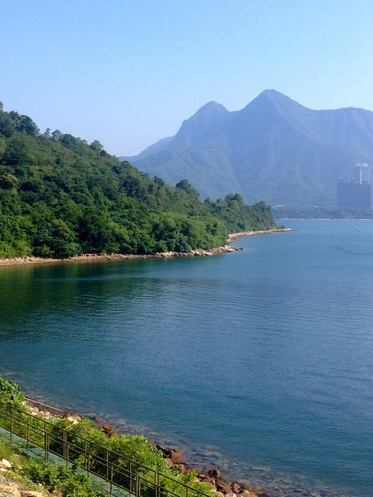 If you fancy exploring a natural world that most folk don’t know about within Hong Kong, then a day trip out to Plover Cove Reservoir could be in order. The area is easily assessable via public transport and totally worth the effort to reach. Nestled amongst rolling hills and the gateway to the eastern expanses of Tolo Harbour and Double Heaven. Begin the trail at Tai Mei Tuk and venture out into the wilds of northeastern Hong Kong and discover hidden gems that lie within. Once there, you certainly won’t be in a rush to leave. Getting to the start point can take a little time from HK Island and Kowloon, but it is a relatively hassle free trip. Having reached Tai Po Market via MTR, you can either catch the 20C minibus, 75K KMB bus or alternatively grab a cab for around $70 to reach Tai Mei Tuk. Before you shoot off, a quick stop for a bite to eat and stocking up on refreshments in Tai Mei Tuk could be a good idea as there are no facilities out on the trail. Once refreshed and all set to go, make your way towards the water sports center and continue up the small road until you reach the lake. Greeted by the sight of the dramatic 2-kilometer long dam wall, Plover Cove Reservoir is a very impressive structure. The world’s first ‘at sea level’ fresh water reservoir, construction on Plover Cove Reservoir began back in 1960 amid disputes with China over Hong Kong’s water supply. Walking the dam wall is often a relaxing experience; one of solitude and tranquillity as you emerge into the open spaces and dazzling waters of Tolo Harbour. On a weekday or public holiday, the promenade is abuzz with folk enjoying the outdoors in many fun ways; whether it is windsurfing and kite surfing out on the water, or casting a line from sure in the hope of landing fish. Watch out for manic cyclists and kite flyers too! Once at the far end of the dam wall you will meet a small island in the middle of the harbour, turn left and continue through the gate. Once on the other side of this obstacle, you leave the cyclists and most others behind and start to venture into the heart of the route. Keeping the calm turquoise waters of the reservoir on your left and the darker more rugged seas on your right, the road twists and turns its way around scenic nooks before traversing a few smaller concrete dams. After this the hiking trail begins in earnest, rising and dropping many a time of small hills, every one more dramatic than the last. From here on in, it is really left to your discretion how far you wish to venture before turning back. For the more intrepid types who wish to do the entire circuit around Plover Cove Reservoir or venture towards Double Heaven, the trail over the hills to Wu Kau Tang or Double Heaven, will take a long full day of hiking to achieve this. However, it is a very fulfilling one for those who are up for the challenge. The approaching winter months do lend themselves more to undertaking such distances, but make sure you are thoroughly prepared! I would recommend beginning at Wu Kau Tang instead of Tai Mei Tuk. There is an infrequent, but reliable minibus service (20R) running there from Tai Po Market MTR. This way, if you are circumnavigating the lake, it is nice to finish at Tai Mei Tuk where there are plenty of amenities and transport options. From Tai Mei Tuk, one can return to Tai Po and the rest of HK more or less the same way they entered. Overall, this is an adventure for all. A safe and pleasant excursion catering to the needs of families, yet one that is engaging and flexible enough to challenge the most intrepid outdoor adventurers in HK. These approaching winter months are ideal for such activities, so there is no better time get out and explore the open spaces in this stunning part of the territory.
The western New Territories is not necessarily synonymous with natural wonders, however there are some hidden gems out there that are worth uncovering.
If you fancy exploring a natural world that most folk don’t know about within Hong Kong, then a day trip out to Tai Lam Chung Reservoir could be in order. Located in the hills between Tsuen Wan and Tsuen Mun, it is a region that is as much unknown as it is remote. However, the area is easily assessable via public transport and totally worth the effort to reach. Life moves at a different pace here, the locals are as relaxed as they come in HK. It rubs off quickly and once there, you certainly won’t be in a rush to leave. The area has abundant family friendly walks and for the more intrepid, one can venture into higher peaks of Tai Lam and Tai Mo Shan Country Parks. The simplest way in (other than driving) is to head into the western New Territories on the MTR West Rail Line, disembarking at Tuen Mun Station. From there, one can ride the number 43 minibus that departs roughly every 20 minutes or catch a taxi to ‘So Kwun Wat Tseun’. Hop off the bus at the end of its route and continue along the sealed road in a northerly direction. Walking in is easy going on a sealed access road.
Passing through tranquil surroundings and a few small farms, you soon climb up to Tai Lam Chung Reservoir. Built in 1957, the Reservoir is often referred to as ‘the lake of a thousand islands’. Once an open valley with many small hills, now flooded it has created a stunning freshwater archipelago that sets it apart from all other reservoirs in Hong Kong. This lake became the focal point of Tai Lam Country Park upon the parks creation in 1979 and her shores serve as a good starting point for many different walking routes. The easiest of these circumnavigates the reservoir and provides a scenic stroll, suitable for families. Simply follow the Maclehose Trail Stage 10 and walk a return route to So Kwun Wat, or finish in the nearby village of Tai Lam Chung Tsuen. For those who fancy more of a challenge, then there are various trails up and over the surrounding hillsides offering superb vistas over Tai Lam Country Park and across the sea to Lantau in the south. Additionally there are a few watercourses flowing into the reservoir that feature a few small waterfalls to check out.
Walking around the lake can take anywhere from one hour to an entire day depending on your route, so it’s a fairly flexible place to visit making it suitable for the warmer months of late summer and early autumn. If visiting later in autumn, keep an eye out for the lovely red and orange shades of the many maple trees in the area. Once a part of Hong Kong that suffered from a lot of erosion, the last five decades have seen the area transformed amid mass afforestation.
Return travel is fairly simple, more or less the same way as when you came in from So Kwun Wat. Unless you complete the route all the way around the lake, then you can find transport at Tai Lam Chung village to Teun Mun or the HK Gold Coast.
This far-flung corner of HK has an incredible amount on offer for those who enjoy venturing into the wild; a day trip here serves up an insight into Hong Kong’s past and the full scope of her landscape. Escaping to Tai Lam Chung provides a peaceful retreat for those wishing to find space for reflection or satisfy a burning urge of wanderlust.
IN THE DECEMBER ARTICLE OF OUR MONTHLY COLUMN IN SAI KUNG/SOUTHSIDE MAGAZINES; WE HEAD OUT ON TWO WHEELS TO SEE SOME OF HK'S COOLEST SPOTS
When imagining cycling in Hong Kong, the thoughts typically conjured up in one’s mind would only seem appealing to the thoroughly adventurous type. The sole domain of bicycle enthusiasts, negotiating undulating terrain on either a busy road or rocky path. For the most part, this stereotype is well deserved. Cycling any kind of significant distance in HK usually involves serious challenges due to the region’s topography and urbanization. However there is one spot that bucks the trend and offers everything someone could ever want from a bicycle excursion.
The Tolo Harbour (Hong Kong’s largest) pries its way into the inner most parts of the eastern New Territories offering plentiful coastlines for cyclists and nature lovers to experience. The inner areas of the harbour are home to the towns of Sha Tin and Tai Po; these settlements make ideal hubs from which to explore the area’s remote outer fringes. 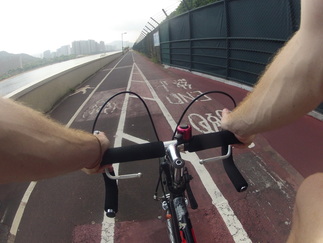
Starting in the southern district of Tai Wai, it is possible for one to cycle on dedicated bicycle paths uninterrupted for up to 30 kilometers, all the way to the northern lakeside village of Tai Mei Tuk! Getting there is easy; simply jump onto the MTR east rail and one is rapidly taken out of Kowloon and deposited in the New Territories. Hop off at Tai Wai Station Exit A and across the street are multiple bicycle rental shops, open all year offering a variety of bikes at a fair price (typically $70 for a basic run around and $120 for a road bike per day). Try and find a shop that has outlets in both Tai Wo and Tai Mei Tuk, that way you have the option to make a one-way trip. Some shops don’t offer helmets, so you may wish to come prepared in that department. Also, if you have your own bicycle it is possible to take it on the MTR outside of rush hours simply by removing the front wheel.
Once all geared up, the fun begins! Ride northwards through Sha Tin, keeping the Shing Mun River on your right-hand side. Soak up the recreational atmosphere of the town; many folk are out on the water during weekends rowing, fishing, running, flying kites and of course, cycling! The paths can be busy during these times, but never congested. On weekdays the vibe is more peaceful and you will often have the cycle path at your complete disposal. It is a super option for families as it avoids any road crossings and all hazards are well sign posted. After notching up the first 5 kilometers, the Shing Mun River runs into the Tolo Harbour and expansive views open up right before you. The route is well serviced with public toilets and drink kiosks for folk who fancy a quick pit stop en route. Once you’ve reached the next large town of Tai Po, it’s key to make a right hand turn and head for Tai Po Waterfront Park. Turning eastwards, you continue to hug the coastline for another 30-45 minutes until reaching the idyllic village of Tai Mei Tuk. Views on this section of the route are all around you, with the Pat Sin Leng Mountains on the left and a vast expanse of water on the right, often peppered with small sailing craft.
From Tai Mei Tuk onwards, one can either finish their journey and relax at one of many Thai restaurants in town or extend the cycling adventure. For those who fancy more pedaling, follow the cycle path out onto the damn wall of Plover Cove Reservoir. It is a thoroughly scenic and worthwhile detour. In favor of the more intrepid, continuing on the main road into Plover Cove Country Park is a breathtaking outing! Having finishing cycling, there are a number of different buses and minibuses from Tai Mei Tuk heading back to the MTR in Tai Po. One can also catch a green taxi back there for around $80.
This is an adventure for all. A safe and pleasant excursion catering to the needs of families, yet one that is engaging and flexible enough to keep the most saddle hardened of cyclists honest. These winter months are ideal for cycling in HK, so there is no better time get out and explore. |
Categories
All
About usWe are one of Hong Kong's premier adventure & eco tour operators. This is our blog, documenting many of the wild places we explore and show guests. Archives
June 2024
|

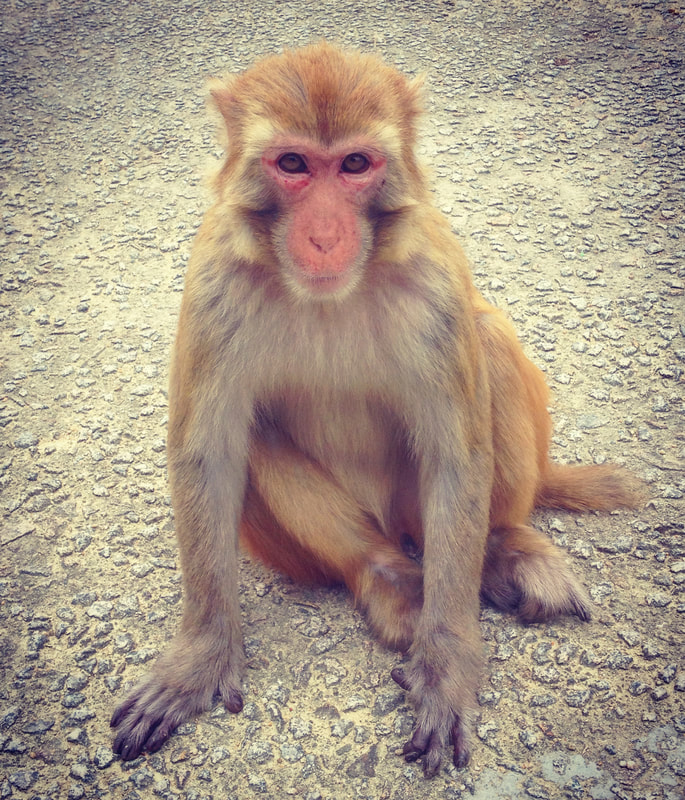
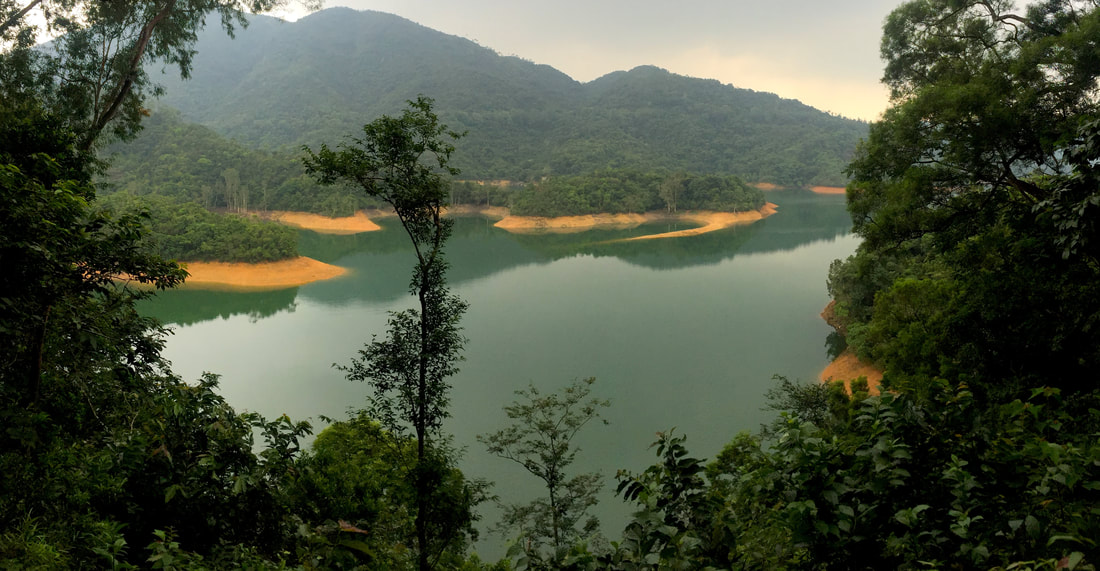
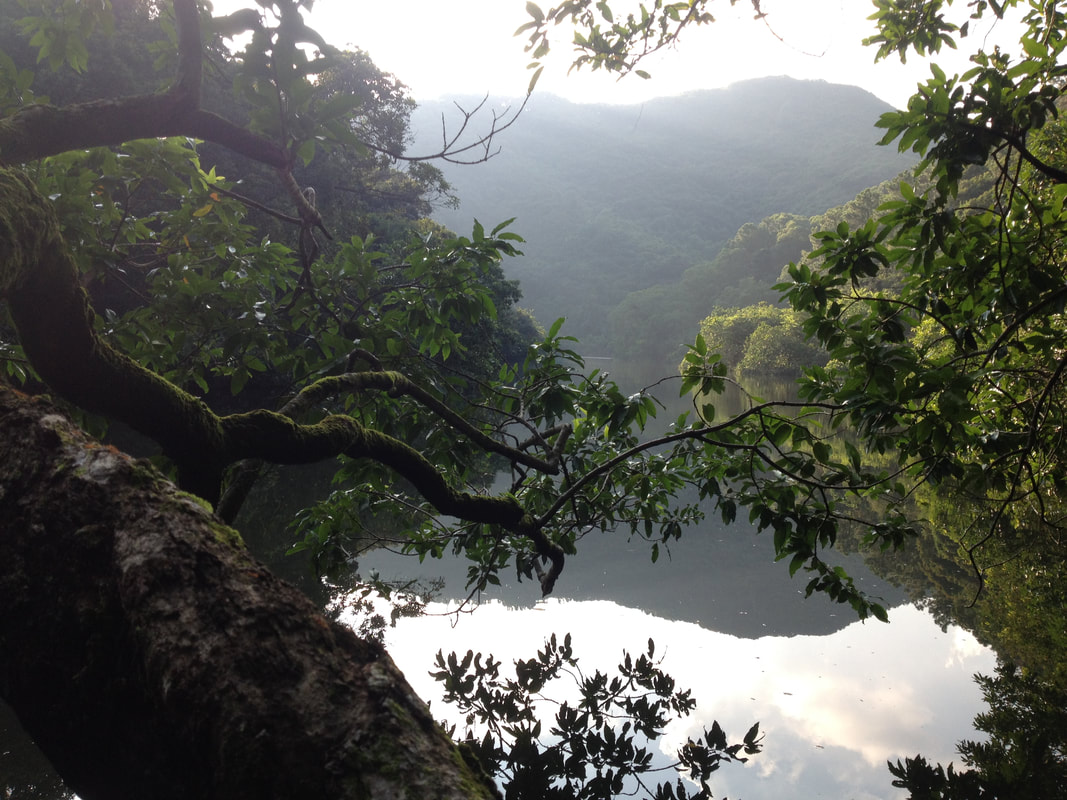


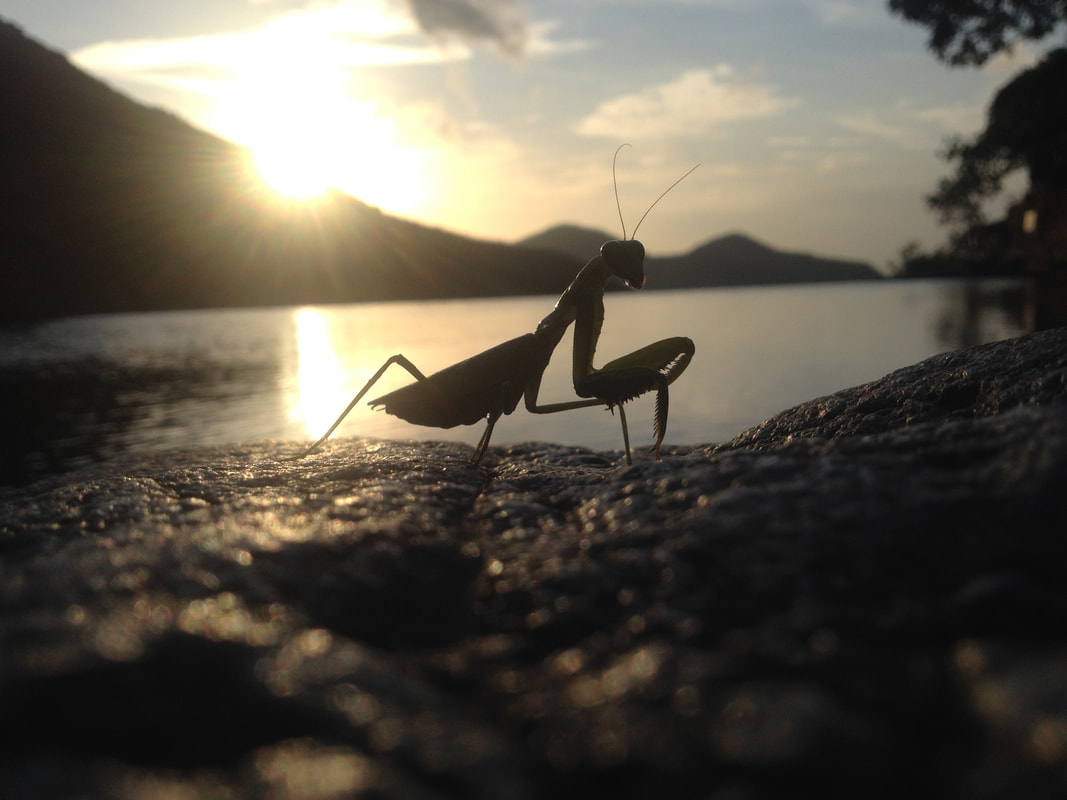
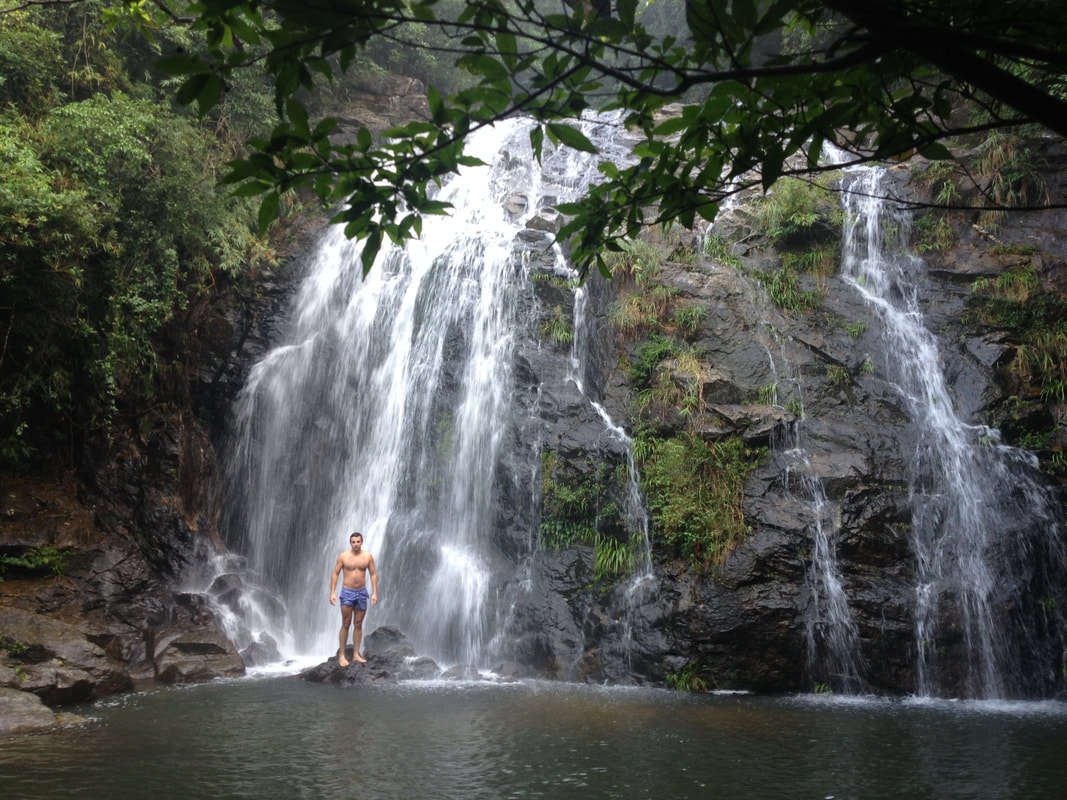

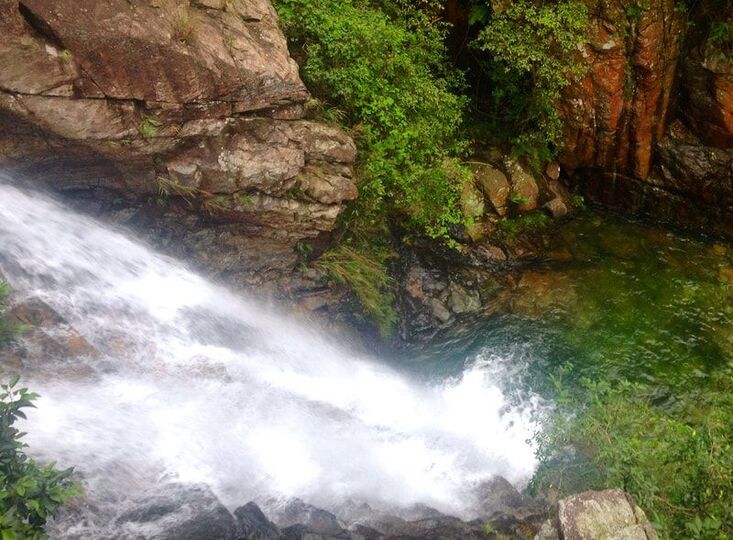
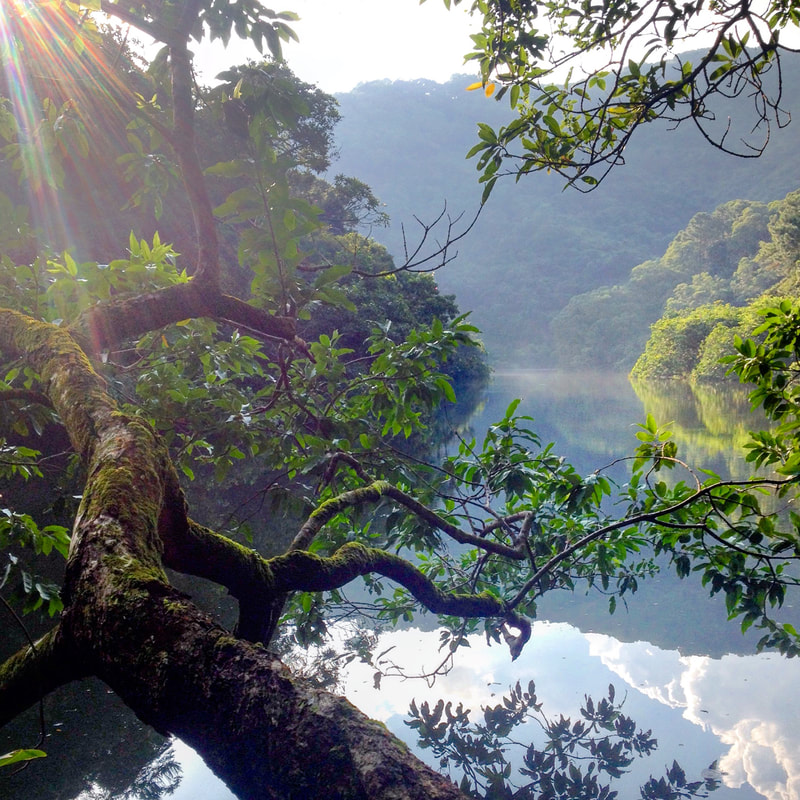
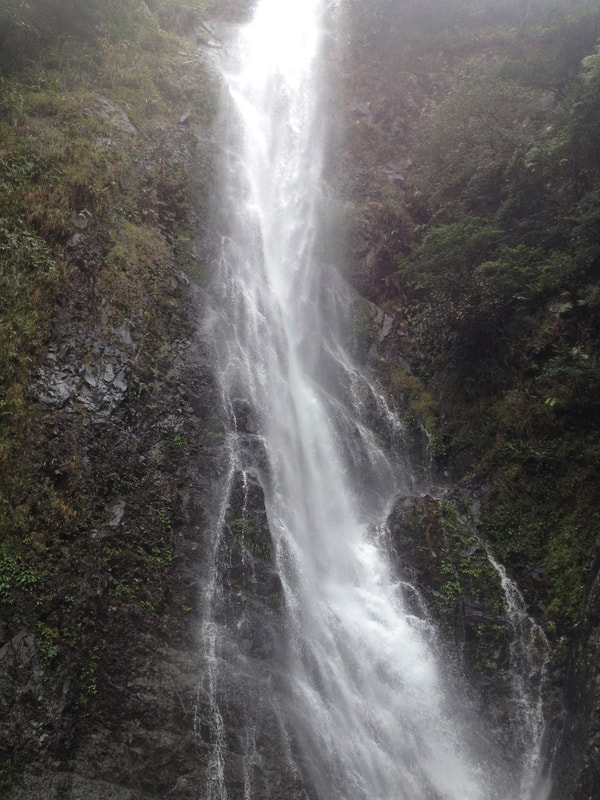

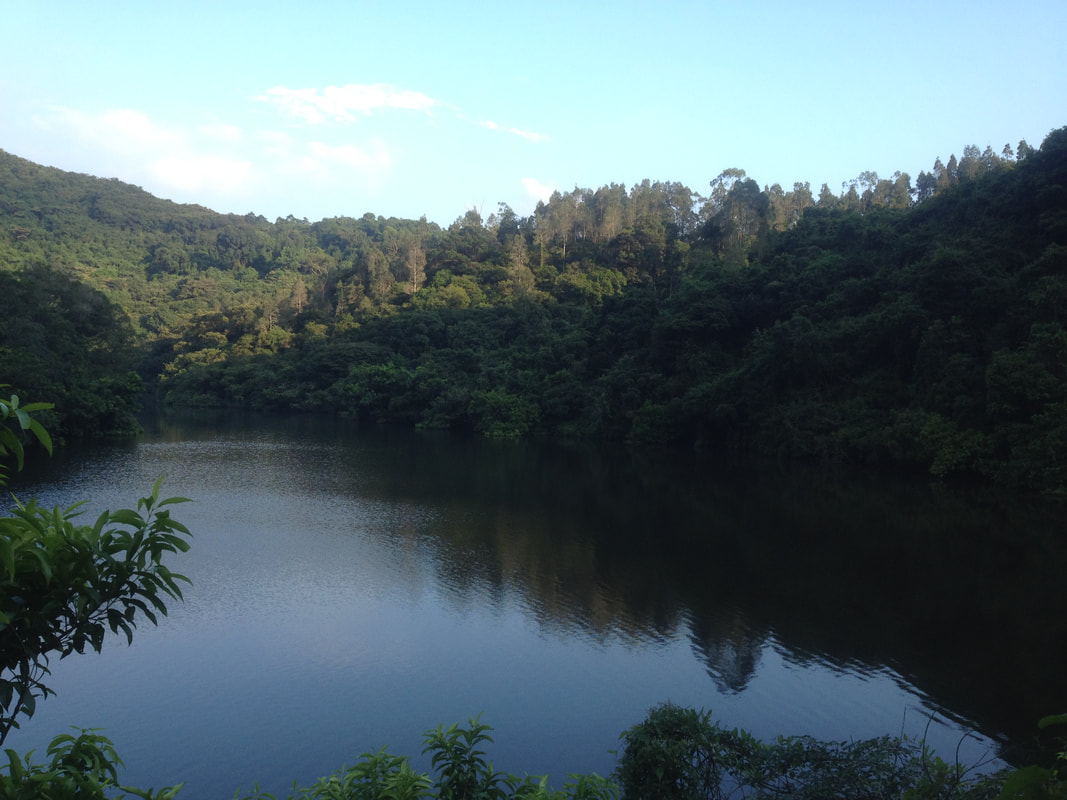
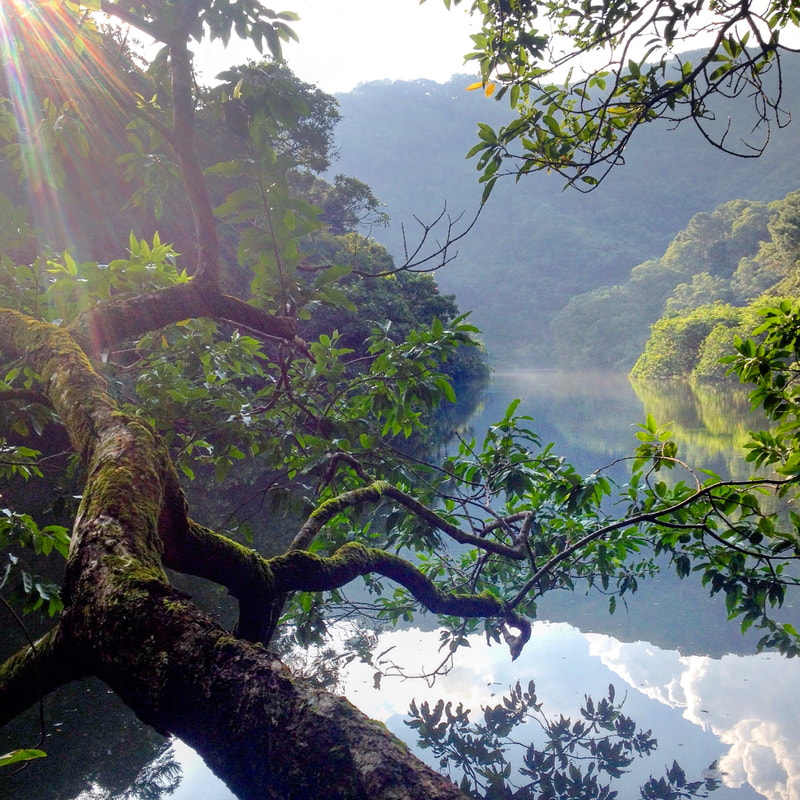
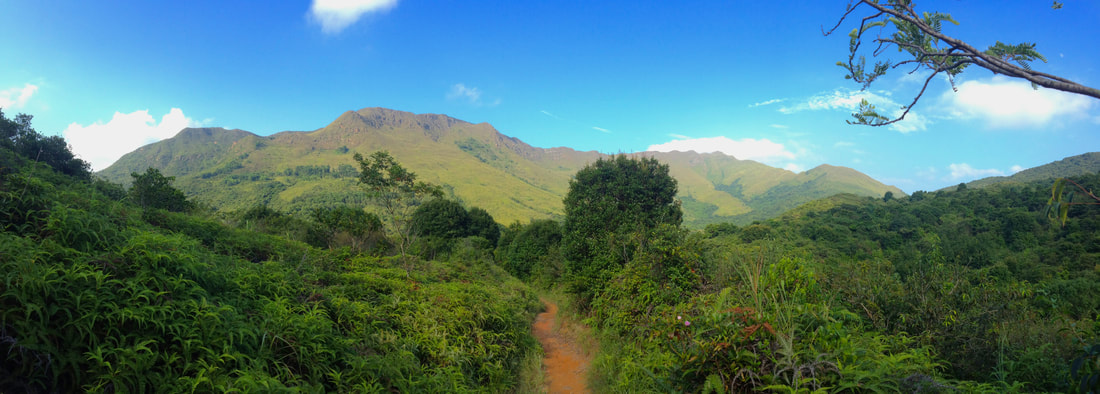
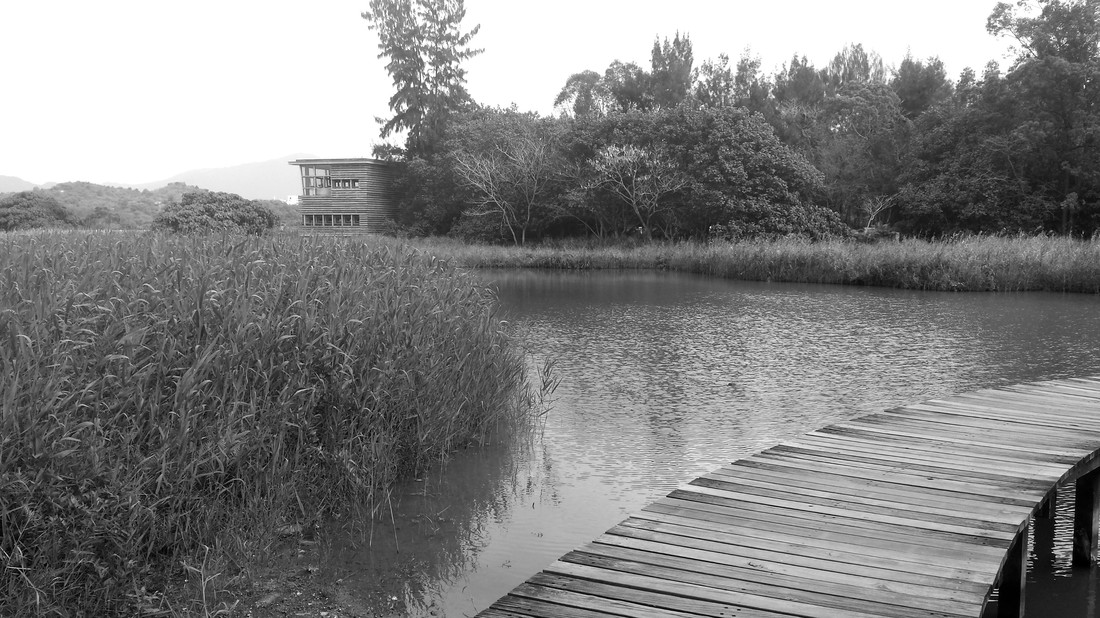
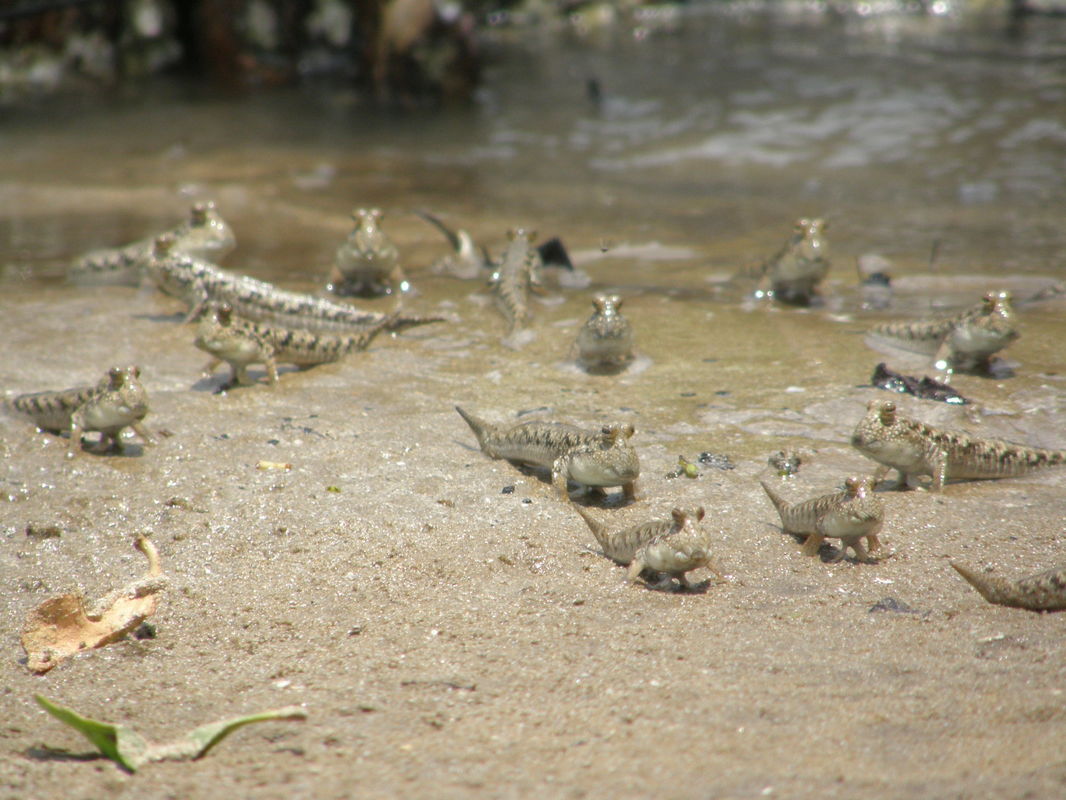
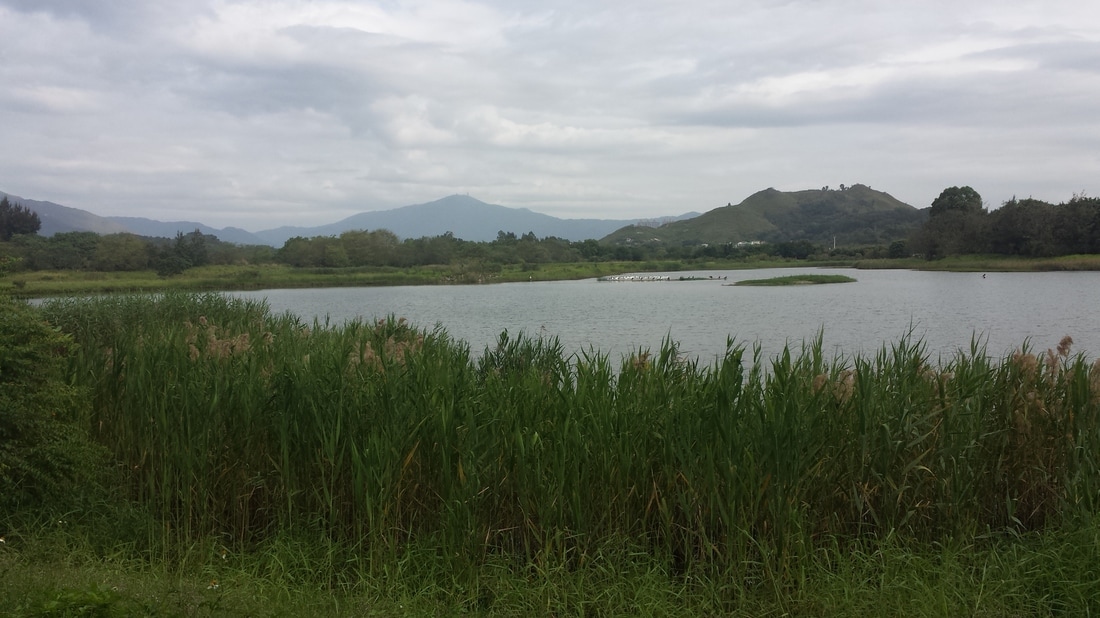
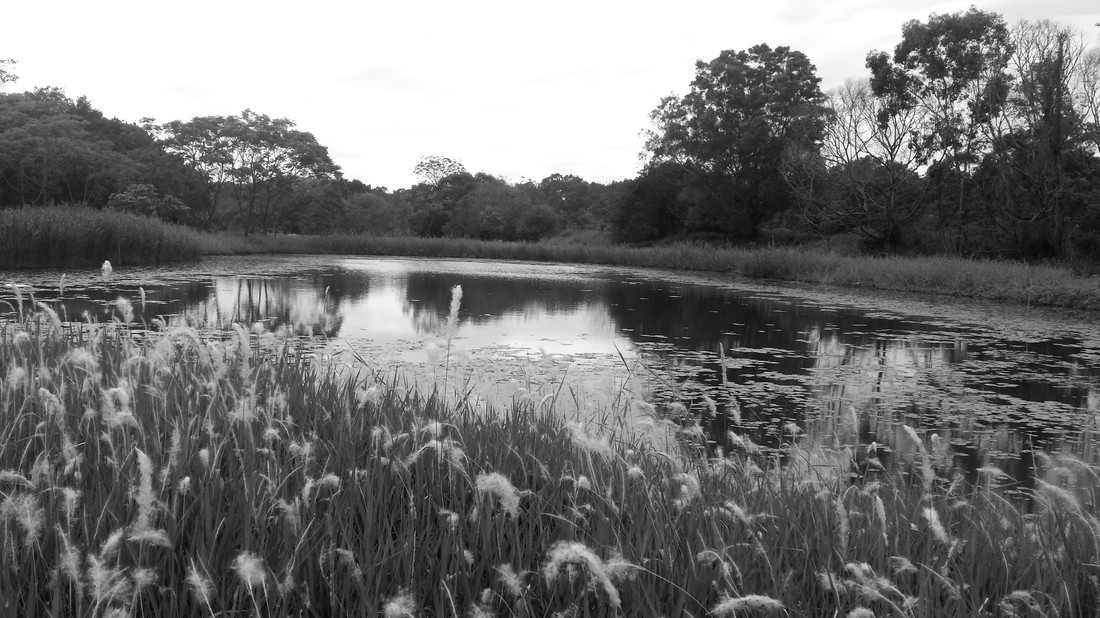
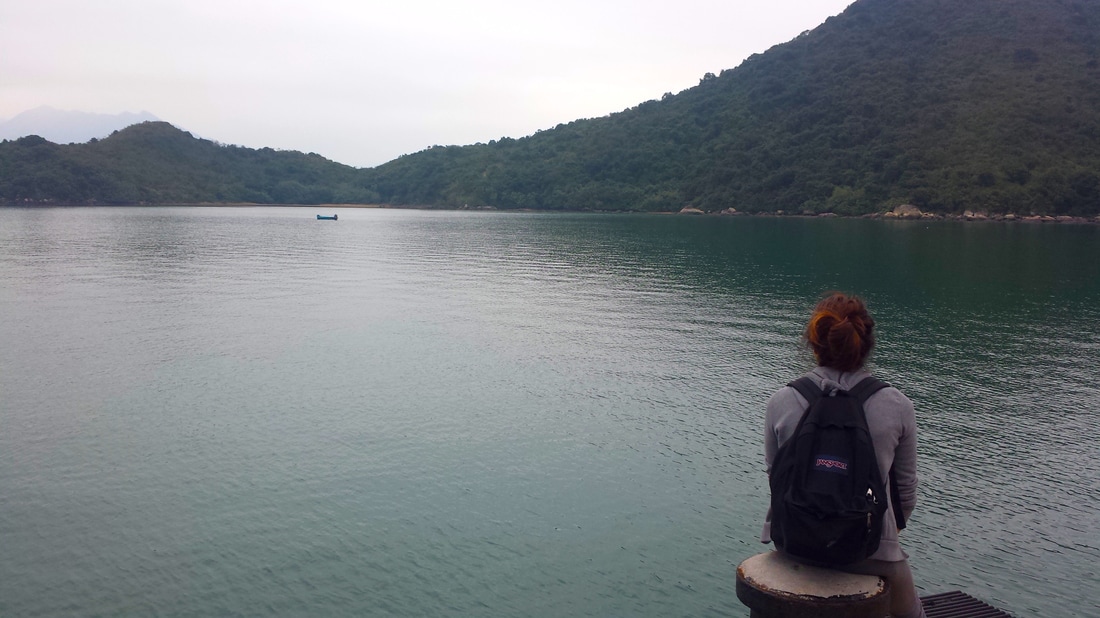
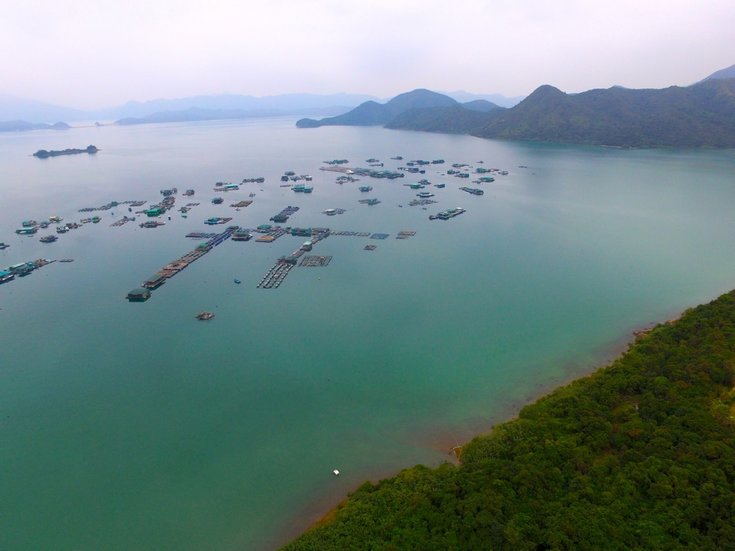
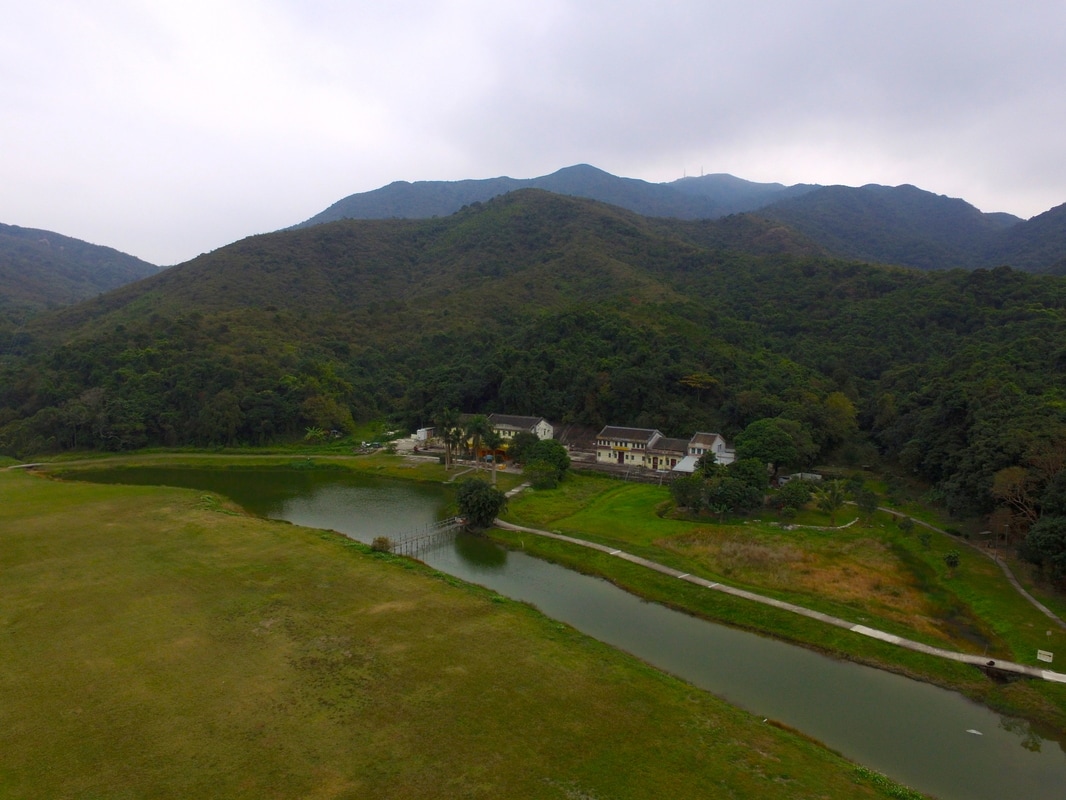


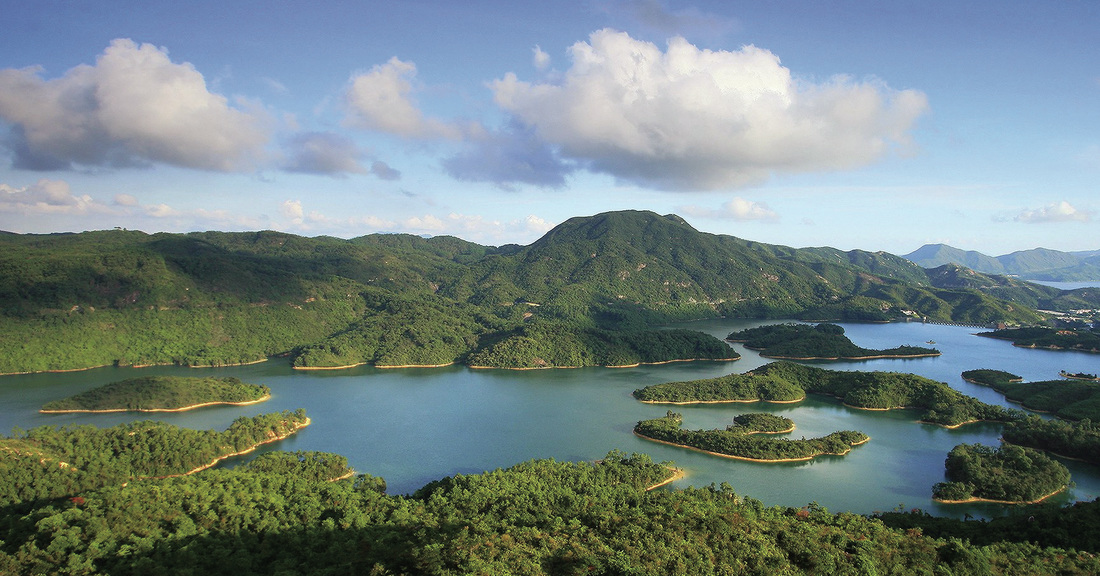
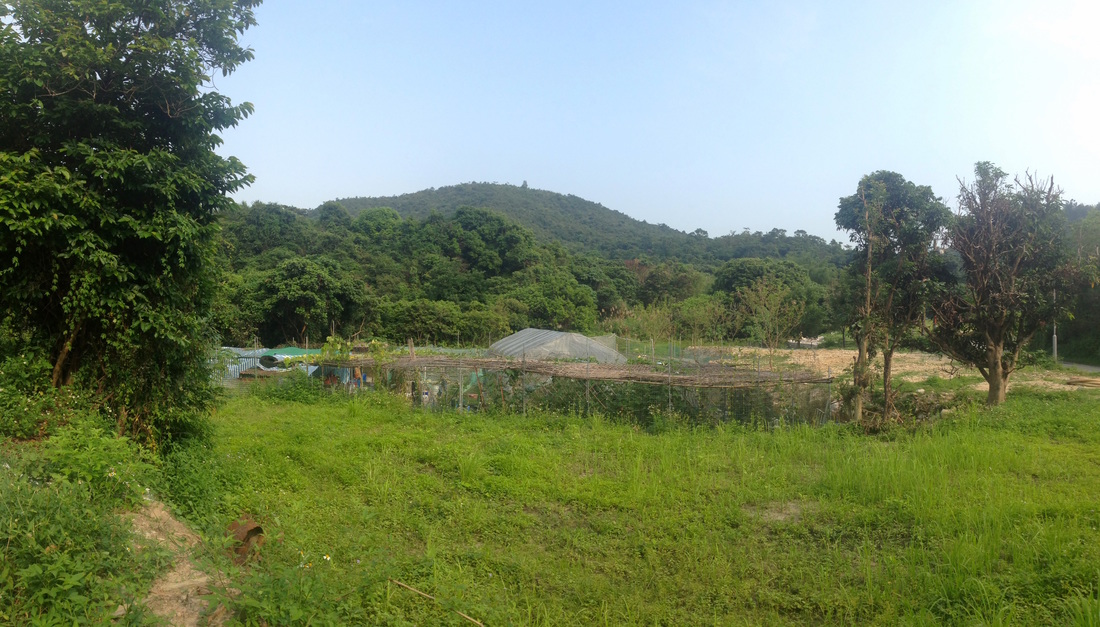


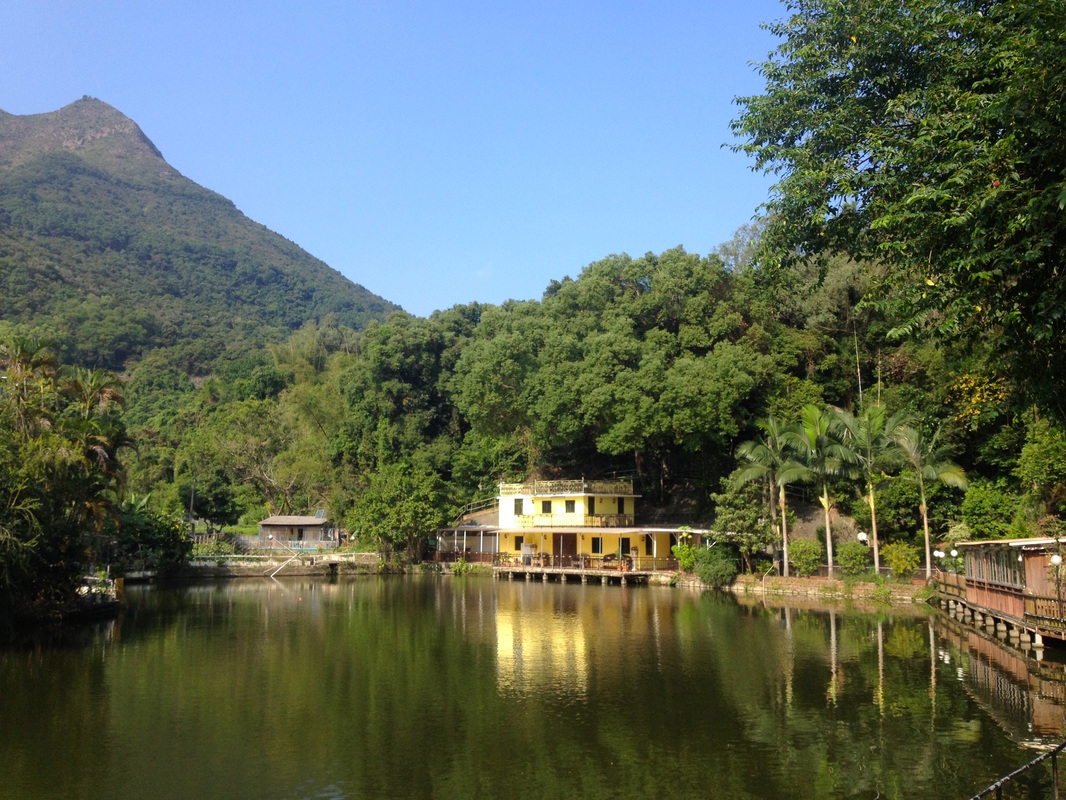

 RSS Feed
RSS Feed
